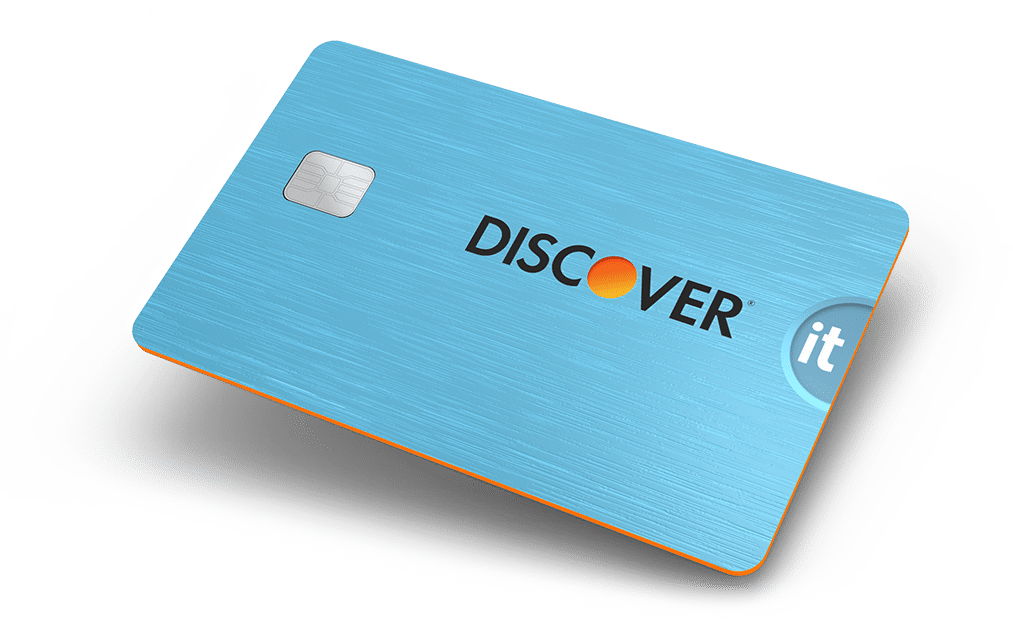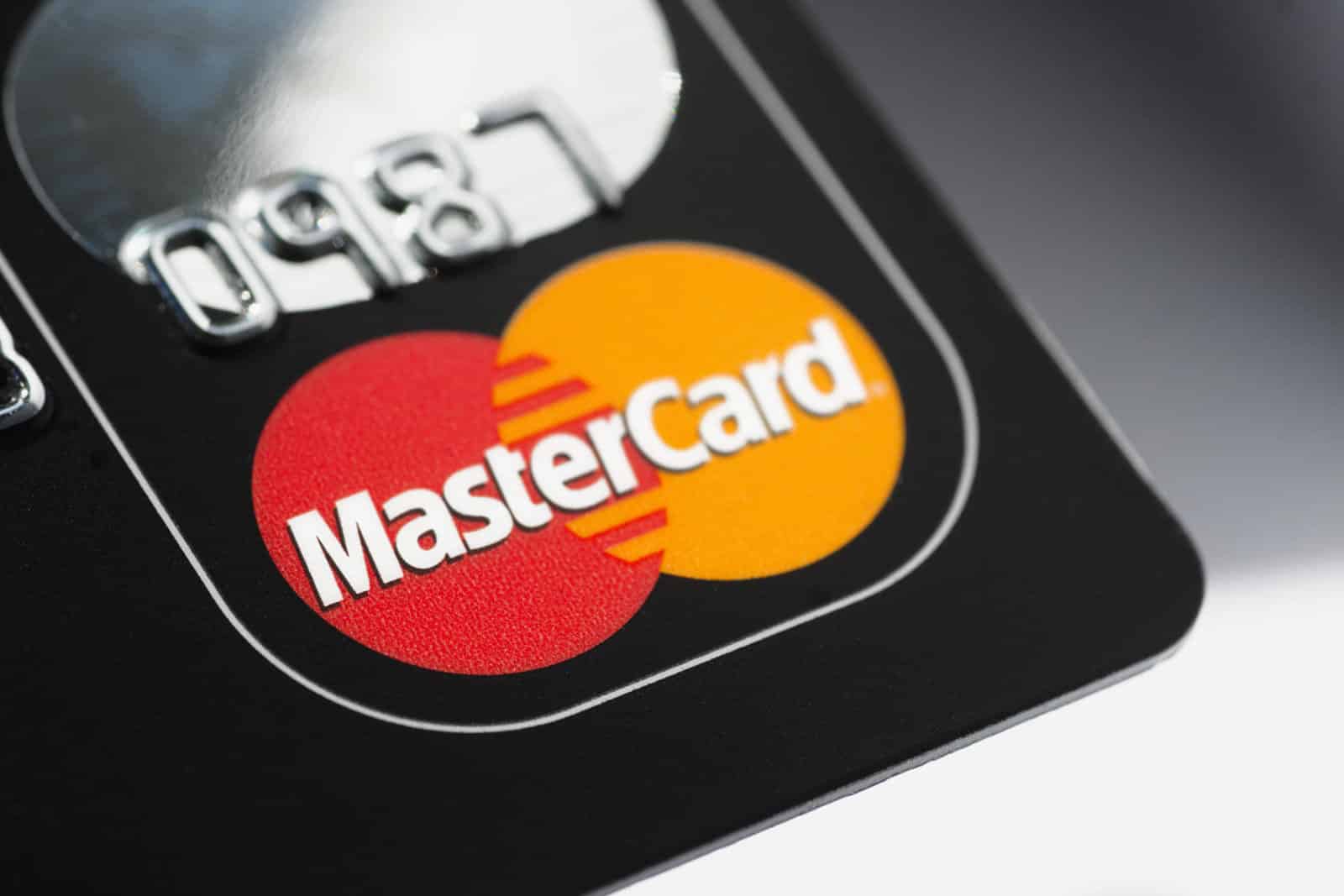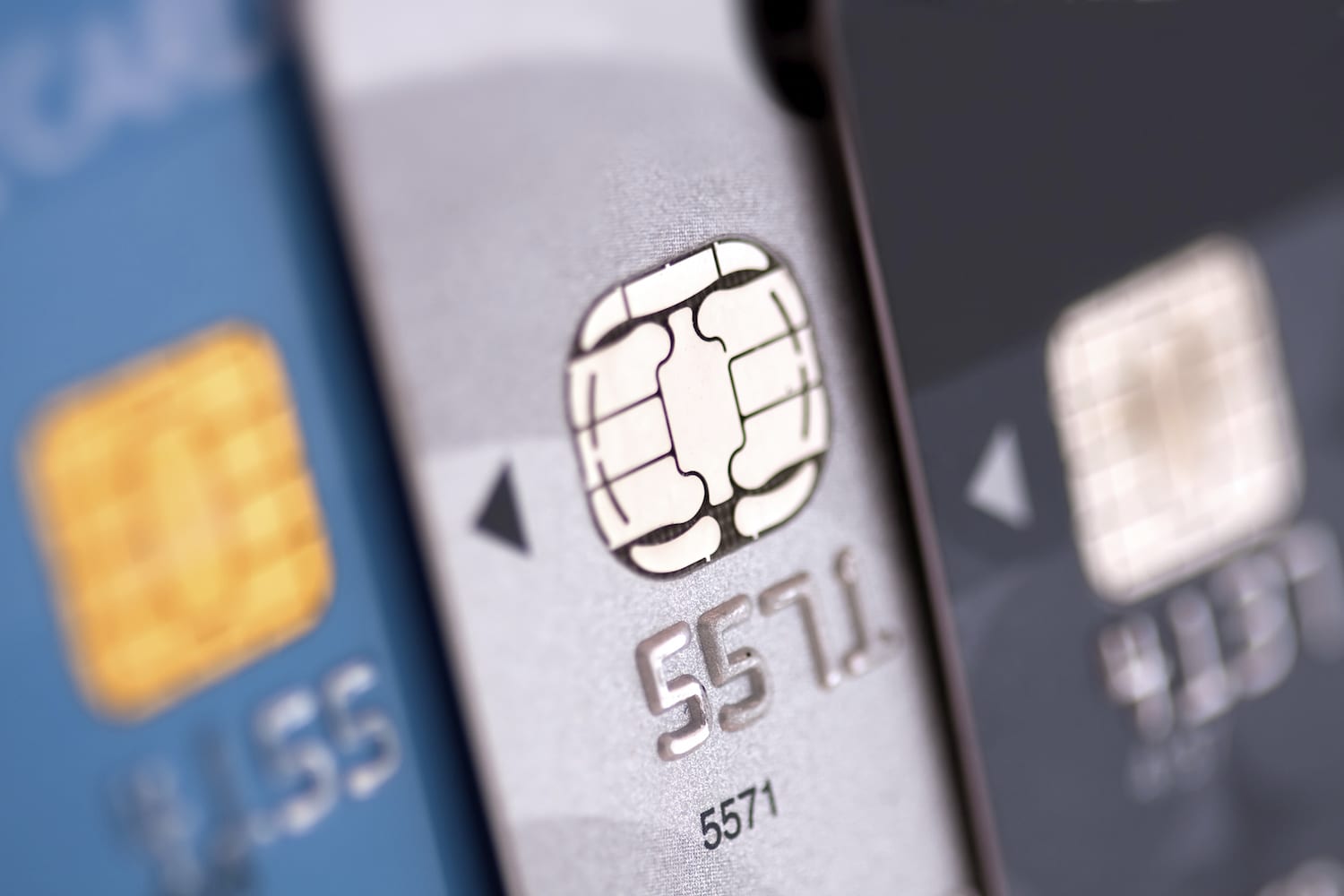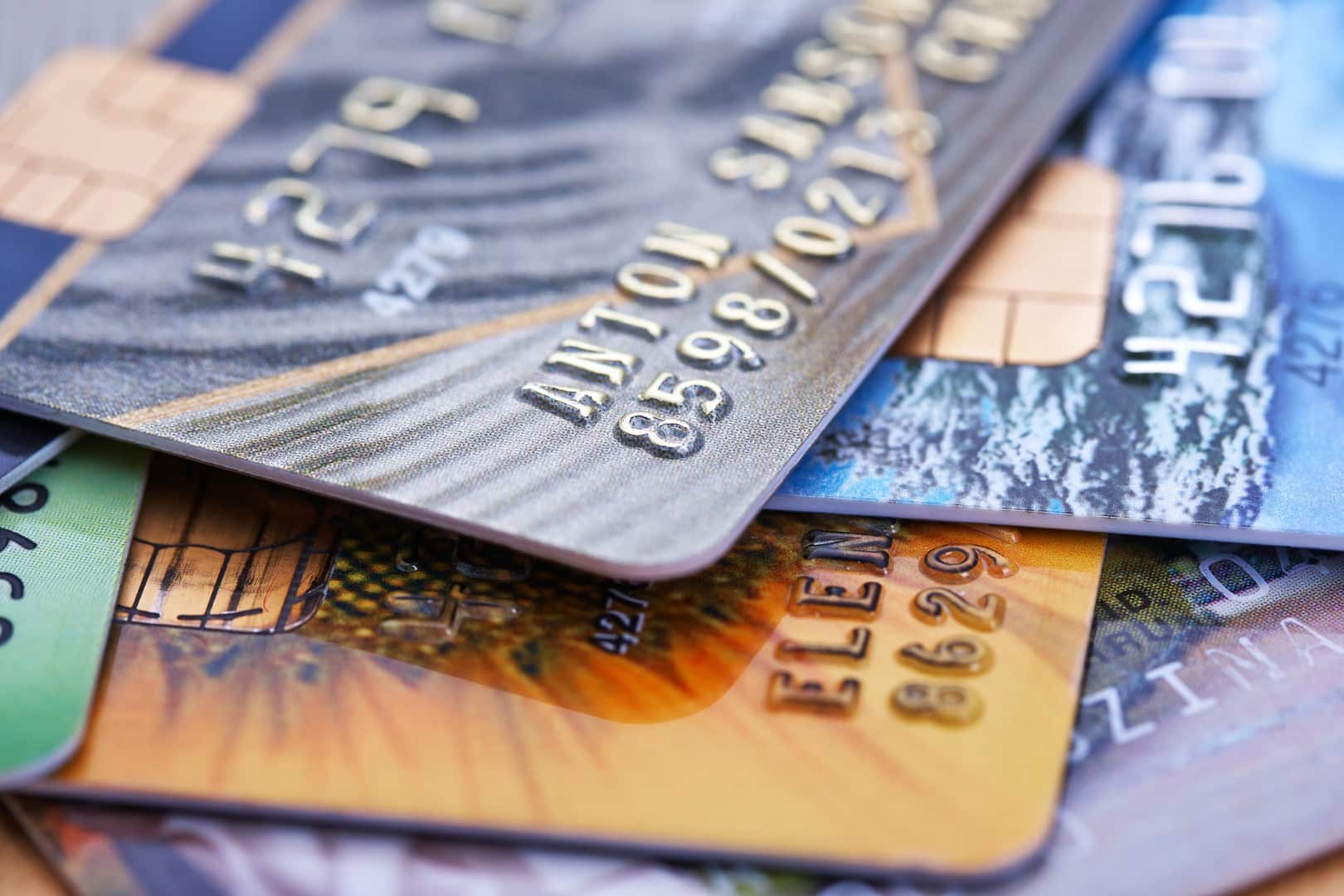Discover is one of the most popular credit cards in the U.S. today, alongside tried-and-true favorites like Visa, MasterCard and American Express.
It has gained popularity among younger consumers for its low introductory rates, no annual fees and rewards.
Despite its wild popularity, many businesses have chosen not to accept Discover cards because of Discover’s perceived “expensive” rates.
Is Discover really more expensive than card brands like Visa, Mastercard and American Express? Let’s find out…
What Fees Are You Required to Pay to Accept Discover Payments?
Every time a cardholder makes a payment with their Discover credit card, you pay what are known as interchange fees or card brand fees.
The interchange fees or rates are collected by Discover and are typically used to cover the following costs:
Credit and Debit Assessments
These fees can’t be avoided no matter which card issuer you choose. They are applied to gross credit and debit transaction volume and are paid directly to Discover.
International Processing Fee
If a customer makes a purchase using a card originating from outside the US, you will be subject to an international processing fee. You may or may not see the international fee on your statement depending on your pricing model.
Processing Integrity Fee
If a transaction doesn’t go through within a specific period of time, you may be subject to what’s called a processing integrity fee. Typically, the time window is 24 hours for “card present” transactions and 72 hours for “card not present” sales.
Card-Not-Present Surcharge
These are fees you might typically see in e-commerce or mail-order transactions when the card is not physically present. Because these are considered riskier transactions, the fee is slightly higher than “card present” transactions.
Account Status Inquiry Fee
This is a fee that is imposed when you verify cardholder information without actually charging the card.
While these fees may be collected by your processor, they are typically transferred in their entirety to Discover. You can think of these fees as the cost for accepting Discover credit cards in your store.
What Are The Current Interchange Rates for Discover?
Discover sets its interchange rates each year. They may go up or down or remain unchanged.
Here are the current U.S. Discover interchange rates:
* Please note that we have listed the most common interchange rate qualifications. Get in touch with Discover Card Network for a complete list of US interchange rates.
Is Discover Right For Your Business?
Discover is quickly growing in popularity, especially among younger consumers.
Not sure if accepting Discover cards is right for your business?
Speak to one of our representatives to see how accepting Discover cards in your business may impact your bottom line.





